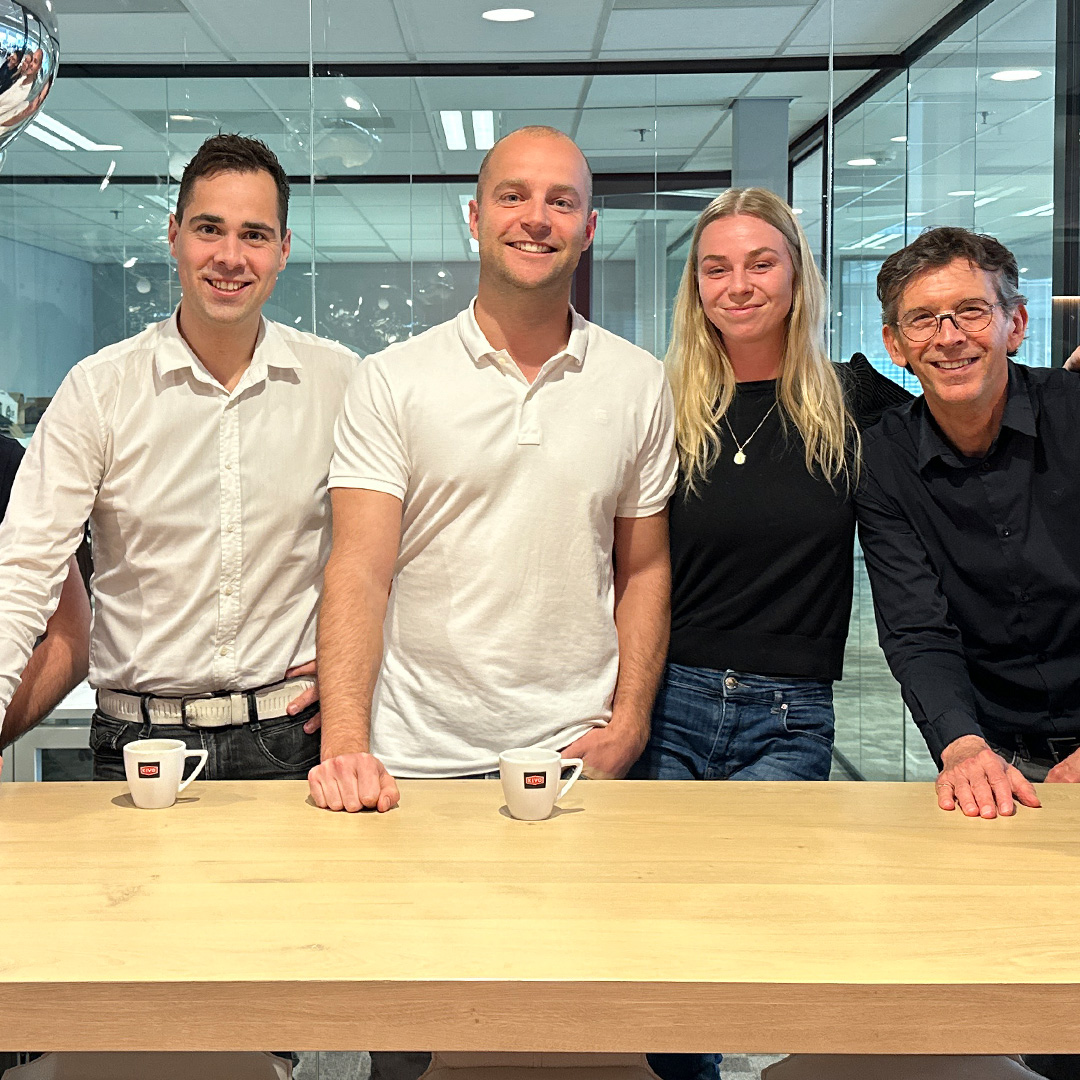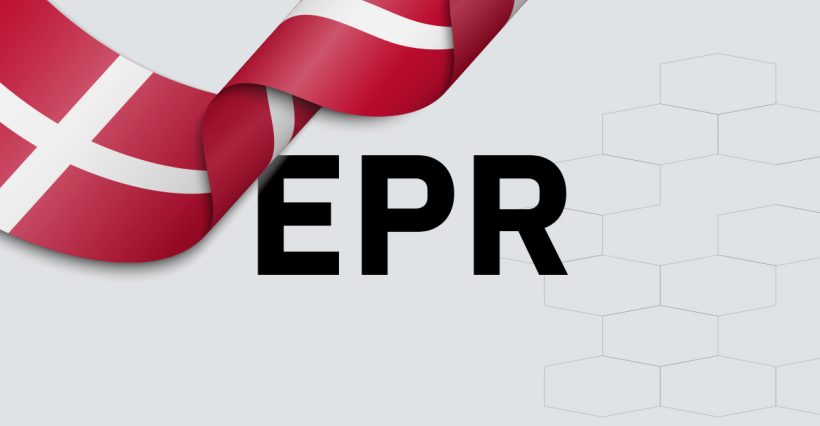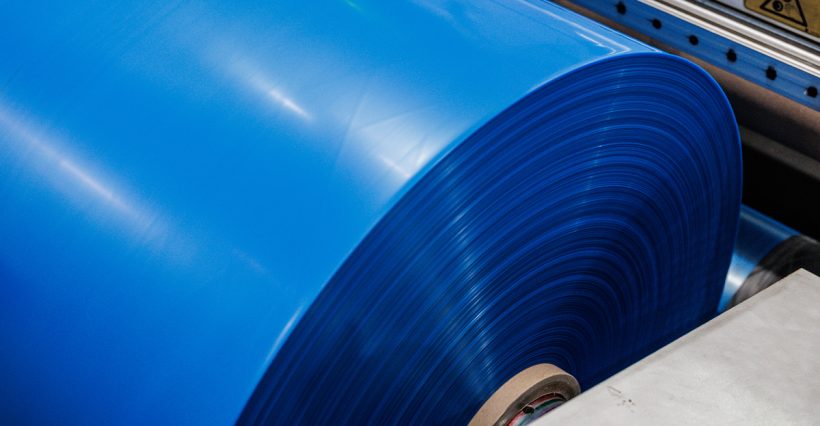From 2026, the use of Bisphenol A (BPA) in materials intended for food contact will be banned in the EU. This measure stems from new European regulations to better protect public health, including Regulation (EU) 2024/3190. For producers and users of plastic packaging, it is crucial to understand its impact, even if you work with BPA-free materials such as polyethylene (PE).
What is BPA and why is it being regulated?
Bisphenol A (BPA) is a synthetic compound used as a building block for certain plastics, such as polycarbonate (PC) and epoxy resins. These materials are used in hard plastic packaging, coatings of food cans and protective coatings in industrial applications, among others.
Although BPA has excellent functional properties (such as strength and clarity), recent toxicological findings point to public health risks. In 2023, the European Food Safety Authority (EFSA) lowered the acceptable daily intake of BPA by a factor of 20,000 - from 4 µg/kg to 0.2 ng/kg body weight per day. Even low exposure can affect:
- The immune system;
- Hormone balance;
- Child reproduction and development.
Because of these risks, BPA is classified as a so-called substance of very high concern under REACH legislation.
What does the new legislation say?
The European Commission has set stricter rules on BPA and similar substances through:
- Regulation (EU) 2024/3190, which specifically addresses the use of bisphenols in food contact materials.
From July 2026 applies a transitional period for packaging containing BPA or other similar bisphenols. After this date, packaging containing bisphenols that have a harmonised hazard classification will no longer be allowed to come into contact with food. This change is set out in Regulation (EU) 2024/3190, which covers the use of BPA in food contact materials, and applies to:
-
Plastics, coatings or resins intended for food contact;
-
Additives or polymers from which migration to food may occur.
Note: Products marketed before this date may still be traded under the old rules (transitional period).
What does this mean for KIVO customers?
For KIVO customers, this is clear: our PE products are naturally BPA-free. BPA is not used or intentionally added in our production processes. Polyethylene contains no aromatic rings and therefore requires no bisphenols for polymerisation or stabilisation.
This means that the new BPA regulations does not apply to our PE products for food contact. Of course, this applies under the condition that third-party additives, inks or coatings also do not contain BPA. Therefore, it remains important to ensure full compliance of each packaging unit.
KIVO supplies as standard Declarations of Conformity (DoC) according to Regulation (EU) No 10/2011.
BPA and recycled material (PIR/PCR)
BPA may well be found in post-consumer recyclate (PCR), for example from old cans, resins or hard plastics containing BPA. Therefore, PCR is not allowed within the EU in plastic packaging with direct food contact, including virgin inner layers.
KIVO does not use PCR in food packaging. For applications involving food contact, we exclusively use:
- Virgin PE;
- PIR (post-industrial recyclate) sourced from controlled, food-safe production processes through KIVO Recycling.
This way, we guarantee maximum safety and compliance with European regulations.
Responsibility in the chain
According to Regulation (EU) 1935/2004, the liability for compliance with the operator who markets the product, i.e. this could be an importer or final packer.
For composite packaging or packaging consisting of multiple chain partners, it is important to:
- Request all statements from raw material suppliers;
- Collect test results on migration and chemical compliance;
- Exclude the use of BPA-containing materials.
KIVO supports clients in collecting and assessing the right documentation.
Relevance within the PPWR context
The PPWR (EU 2025/40) states that packaging should be designed to:
- Do not contain harmful substances or migrate to food;
- Comply with 'design for health' principles;
- Lend themselves to high-quality recycling without hazardous residues.
BPA is explicitly mentioned within the PPWR (article 22-23) as a substance to be excluded, also because of its negative impact on circularity.
Frequently asked questions (FAQ)
Could BPA still end up in PE packaging?
Not through the PE itself, but through ink, glue, coatings or PCR contamination. At KIVO, we therefore control the entire chain.
Is the use of PCR with BPA allowed in food packaging?
No. PCR cannot be used in packaging with direct food contact according to EU legislation. This also applies when using a virgin inner layer.
Are all plastic containers automatically BPA-free?
No. Polycarbonate, epoxy resins and some coatings do contain BPA. Only PE is naturally BPA-free.
Can BPA still be used in non-food applications?
This is still allowed in some cases, but its use is strongly discouraged and is under a magnifying glass, partly because of possible environmental impacts via recycling streams.
Who is responsible for BPA compliance?
The manufacturer or importer of the packaging is ultimately responsible. So make sure you have all relevant declarations and test data.
In conclusion
Looking for assurance on BPA-free packaging that meets the strictest food safety requirements? KIVO exclusively offers PE products without BPA or other bisphenols. We actively support customers in complying with the new regulations and are happy to provide you with an up-to-date Statement of compliance.
Contact our team today for advice or documentation.



